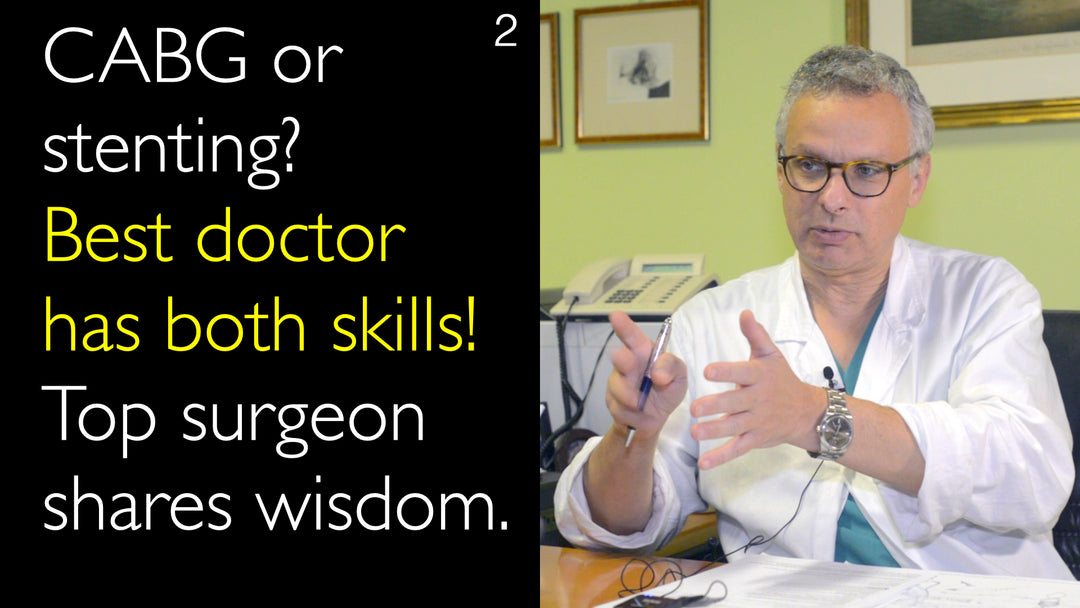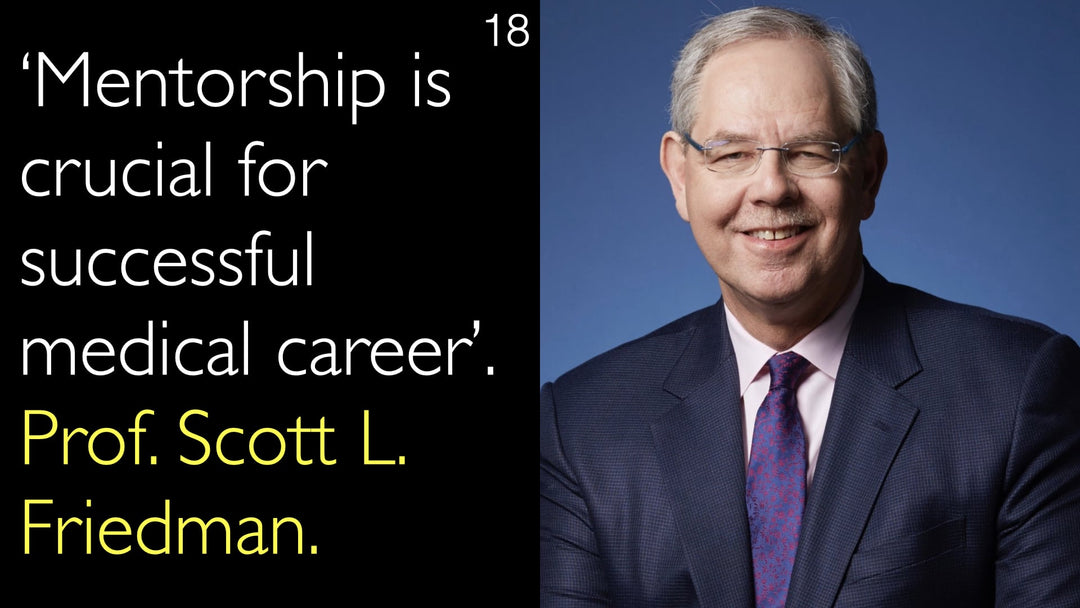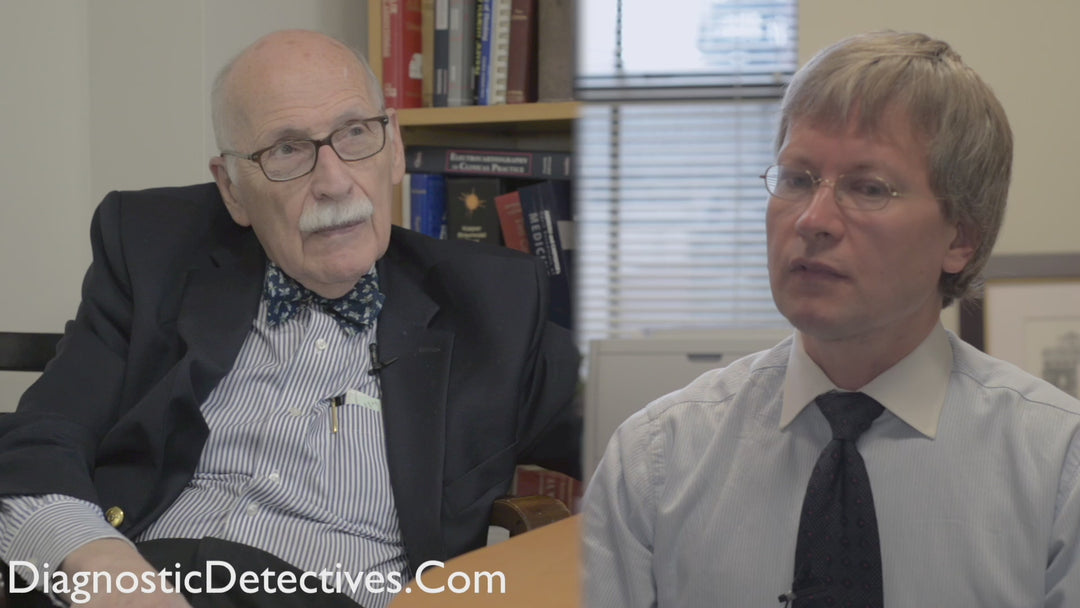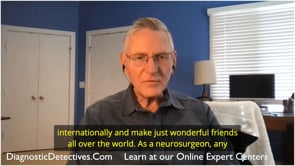Den førende ekspert inden for hjertekirurgi og interventionel kardiologi, Dr. Francesco Maisano, forklarer, hvordan en kombination af kirurgiske og kateterbaserede metoder fører til bedre patientresultater. Han giver en detaljeret gennemgang af udviklingen inden for hjerteklapbehandling, betydningen af ny teknologi som TAVI (transkateter aortaklappeimplantation), og det afgørende behov for moderne medicinsk uddannelse, der bryder ned traditionelle specialesiloer. Dr. Francesco Maisano understreger, at det ultimative mål er at tilbyde et fuldt udvalg af behandlingsmuligheder, hvilket skaber konkurrence, der reducerer dødeligheden og øger sikkerheden for alle patienter.
Integration af Hjertekirurgi og Interventionel Kardiologi for Optimal Patientsikkerhed
Spring til afsnit
- Hybrid Hjertehold-Tilgang
- Udvikling af Hjerteprocedure
- TAVI's Indvirkning på Kirurgiske Standarder
- Krydsuddannelse af Fremtidige Specialister
- Teknologi der Driver Sikkerhed
- Fuld Transskription
Hybrid Hjertehold-Tilgang
Dr. Francesco Maisano, MD, fremhæver et paradigmeskift i kardiovaskulær medicin, hvor fokus flyttes fra den enkelte procedure til det overordnede mål om at redde liv og forbedre livskvaliteten. Han understreger, at ingen enkelt løsning er perfekt for alle patienter, hvilket gør en bred vifte af behandlingsmuligheder afgørende for sikkerheden. Denne filosofi indlejres i hybrid hjertehold-modellen, hvor samarbejdet mellem hjertekirurger og interventionelle kardiologer sikrer, at den bedste beslutning træffes for den enkelte patient – ikke kun den mest velkendte teknik.
Udvikling af Hjerteprocedure og Evidens
Dr. Maisano giver vigtig historisk kontekst for hjertekirurgien, som blev etableret i 1950'erne og har opbygget omfattende langtidserfaring uden den systematiske dataindsamling, vi kender i dag. Han forklarer, at kirurgiske procedurer i årtier var standardbehandling uden alternativer, hvilket fjernede behovet for komparative studier. Fremkomsten af nye transkateter-teknologier har fundamentalt ændret dette billede og tvunget en grundig revurdering af alle behandlingsmuligheder med core lab-godkendte resultater, som tidligere var sjældne.
TAVI's Indvirkning på Kirurgiske Standarder
Introduktionen af transkateter aortaklappeimplantation (TAVI) tjener som et eksempel på, hvordan ny teknologi udfordrer og forbedrer etablerede praksisser. Dr. Francesco Maisano, MD, bemærker, at kirurgisk aortaklappeudskiftning aldrig blev udsat for den intense granskning, den nu møder fra TAVI-studier. Denne konkurrence bringer nye perspektiver og muligheder og hæver i sidste ende standarden for hele hjertebehandlingsfeltet. Dr. Maisano deler sit unikke perspektiv som færdiguddannet hjertekirurg, der senere lærte endovaskulære procedurer og opdagede, at færdigheder fra begge discipliner gavner hinanden markant.
Krydsuddannelse af Fremtidens Specialister
En stor udfordring identificeret af Dr. Maisano er moderniseringen af den medicinske uddannelse for at skabe de fremtidige kardiovaskulære specialister. Teknologiens hurtige udvikling betyder, at en læge ikke kan praktisere hele karrieren udelukkende baseret på skolelæringen. Akademiske institutioner må udvikle fleksible uddannelsesveje, der giver et nyt, kombineret kompetencesæt. Jobbeskrivelsen for en kardiovaskulær læge er under forandring og kræver en sammenvoksning af kirurgiske og interventionelle felter for at skabe en fælles forståelse og optimere patientsikkerheden.
Hvordan Teknologi og Konkurrence Driver Patientsikkerhed
Fleksibiliteten fra flere behandlingsmuligheder oversættes direkte til forbedrede patientresultater. Dr. Francesco Maisano, MD, citerer data, der viser, at dødeligheden ved procedurer som mitralklappeinterventioner er faldet årligt. Denne forbedring gavner ikke kun patienter, der modtager nye endovaskulære procedurer, men også dem, der gennemgår traditionel åben kirurgi. Konkurrencen om at være mindre invasiv, sikker og effektiv hæver standarden for alle. Det giver læger mulighed for at skræddersy behandlingen og tilbyde mindre invasive muligheder til skrøbelige patienter og mere holdbare, tidstestede procedurer til dem, der kan tåle dem.
Fuld Transskription
Dr. Anton Titov, MD: Det er meget interessant, at du nævner kombinationen af færdigheder som hjertekirurg og interventionel kardiolog. Jeg havde en meget interessant samtale i Boston på Brigham and Women's Hospital med professor Tsuyoshi Kaneko om Dr. Michael Davidson-stipendiet. Det blev etableret til minde om Dr. Michael Davidson, som fokuserede på både interventionel kardiologi og hjertekirurgi. Så en læge forstår den bedste tilgang for netop den pågældende patient frem for at gå ud fra en bestemt kirurgisk eller interventionel teknik. Det er noget, du nævnte før: "Det handler ikke om, hvordan vi gør tingene. Det handler om, hvordan vi træffer den rigtige beslutning." Jeg tror, det er noget, du fremhæver i din egen professionelle karriere.
Dr. Francesco Maisano, MD: Du peger på en meget vigtig aspekt af vores profession. Jeg tror, vi ofte fokuserer på, hvad vi gør, frem for målet med, hvad vi laver. Målet er at redde liv og forbedre livskvaliteten. Dette er en meget enkel baggrund for enhver intervention. Der er mange måder at opnå dette mål på. Sandsynligvis er der ingen enkelt løsning, der er perfekt for hver patient. Der er altid en afvejning.
At have hele paletten af behandlingsmuligheder skaber et miljø, der er sikrere for patienten. Hvis det er velimplementeret og velorganiseret, kan denne tilgang til behandling sandsynligvis give bedre resultater. Jeg tror stadig, vi har meget at lære. Vi er stadig i en overgangsfase, hvor vi har forskellige behandlingsmuligheder. Der er stadig mange kontroverser.
Glem ikke, at hjertekirurgi blev etableret i 1950'erne. Vi har meget langvarig erfaring. Måske har dataindsamlingen ikke været så højt videnskabelig. Oprindeligt var der ingen alternativer. Så der var ingen grund til at lave sammenlignende studier mellem hjertekirurgi og alternative behandlingsmuligheder. Efter mange år blev kirurgiske hjerteprocedurer så standard praksis, at der ikke var behov for at teste dem mod noget igen.
Efterhånden som ny teknologi bliver tilgængelig, begynder vi at have denne diskussion. Lad os tage et eksempel med transkateter aortaklappeudskiftning. Det kaldes TAVI i Europa eller TAVR i USA. TAVI er et alternativ til kirurgisk aortaklappeudskiftning. Der var ikke sådanne studier om kirurgisk aortaklappeudskiftning som i dag, før TAVI blev tilgængelig. Så vi studerede ikke TAVI med core lab-godkendte resultater før udfordringen fra ny teknologi.
Generelt tror jeg virkelig, at ny teknologi bringer nyt lys og nye muligheder og forbedrer endda hjertekirurgi. Personligt har jeg i min erfaring et meget specielt synspunkt, fordi jeg startede med endovaskulære hjerteprocedurer, efter jeg var fuldt uddannet som hjertekirurg. Jeg oplevede, at det på den ene side var ret nemt for mig at lære de endovaskulære procedurer. Samtidig anvendte jeg en masse viden fra det endovaskulære kardiologifelt. Det er meget nyttigt i det åbne kirurgiske felt og i minimalt invasiv hjertekirurgi.
Så generelt ser jeg, fra mit synspunkt, fordelen ved, at de to felter flyder sammen til ét felt. Hjertekirurgi og interventionel kardiologi skal krydsbefrugte. Hvert år sker det mere og mere. Vi skal sikre, at det, vi lærer i de to områder, bliver en fælles forståelse. Vi må finde de rigtige løsninger for vores patienter.
Vi må også finde den rigtige måde at uddanne fremtidens kirurger og interventionelle kardiologer på, for dette bliver nu et spørgsmål. Hvem vil gøre dette? Hvad bliver uddannelsesvejen for at give de nye generationer af læger den bedste uddannelsespakke? Hvad er jobbeskrivelsen for en ordentligt uddannet kardiovaskulær læge? Det er allerede et spørgsmål i dag.
Dr. Anton Titov, MD: Alt det er meget vigtigt, for det er tydeligt, at at bryde siloer i medicinen er en meget vigtig opgave. Jeg tror, din karriere illustrerer tydeligt vigtigheden heraf til gavn for patienten, som er det ultimative mål.
Dr. Francesco Maisano, MD: Absolut. Dette er en af de største udfordringer for akademiske institutioner – at tilbyde moderne uddannelsesveje. Vi skal alle ændre den måde, vi underviser vores profession på. Vi skal alle forstå, at tempoet i jobbeskrivelsernes ændringer er så hurtigt, at vi skal være fleksible nok til at kunne ændre retning selv i de næste to eller tre år.
Tingene ændrer sig så hurtigt, at man ikke længere kan udøve sit erhverv på den måde, man lærte det i skolen. Min far gik i skole, blev kirurg, og han var i stand til at udføre næsten de samme operationer hele livet. Kun helt i slutningen af sin karriere, husker jeg, fortalte han mig, at han var nødt til at lære at udføre endoskopisk, laparoskopisk galdeblæreresektion. Det var en lille udfordring for ham.
Forestil dig i dag. I dag har vi en procedure, som jeg lærte i hjertekirurgi: lukning af ASD, atrial septal defekt. I dag er det noget, jeg ikke kan bruge til mine fellows, kirurger under uddannelse. Så vi skal virkelig være fleksible der. Men den gode nyhed er, at al denne fleksibilitet i sidste ende forbedrer patientresultater. Det skaber nye muligheder.
Generelt, hvis man ser på dataene, er det vist over tid, at dødelighedsrisikoen for mitralklappeinterventioner f.eks. i USA er faldet hvert år. Introduktionen af mindre invasive hjerteprocedurer har reduceret dødeligheden for mine patienter. Det gælder ikke kun for de patienter, der gennemgår endovaskulære procedurer, men også for åben kirurgisk behandling.
Fordi generelt er det en form for konkurrence om at gøre det bedre og bedre, om at være mindre og mindre invasiv, om at blive sikrere og sikrere. Når man har forskellige behandlingsmuligheder, kan man også tilbyde mindre invasive muligheder til de patienter, der er mere skrøbelige. Man kan udføre procedurer, der er mere tidstestede, til de patienter, der kan tåle en mere invasiv og mere holdbar procedure.








